Use these tactics
1
Use Sunrise Scribblings to offload mental clutter
Use Sunrise Scribblings to offload mental clutter

⏱️ Time: 5-10 minutes
🧠 What’s the goal? Write every morning in a freestyle fashion to offload mental clutter and spark creativity.
👀 Why is this important? Without a release valve, our minds can become overcrowded with thoughts. Use this tactic daily for a quick brain cleanse before you get to work.
💡 Tip: ideally, do this as close to waking up as possible (before your brain has a chance to lock your subconscious away again until bedtime).
Instructions
-
Find a comfortable space where you can write each morning. Grab a notebook and pen, or your favourite digital tool.
-
Set aside at least five minutes each morning to write down anything and everything that comes to mind. Let it flow – there’s no right or wrong way to do this!
-
Aim for up to three pages of free-flowing thoughts. Don’t worry about grammar, punctuation or spelling.

-
When you’ve finished, simply put your scribblings away. Some people even throw them straight in the bin. The goal is clearing your mind, not dwelling on what you write.
Tip: on rare occasions, you might have a creative breakthrough or notice an interesting thought that you don’t want to forget. Use your Spark File whenever there’s something you want to capture.
⬇️ In the next tactic, once you’re done your free-flow writing, it is time for something different with Mindful Disruption.
2
Use Mindful Disruption to keep your thinking fresh
Use Mindful Disruption to keep your thinking fresh
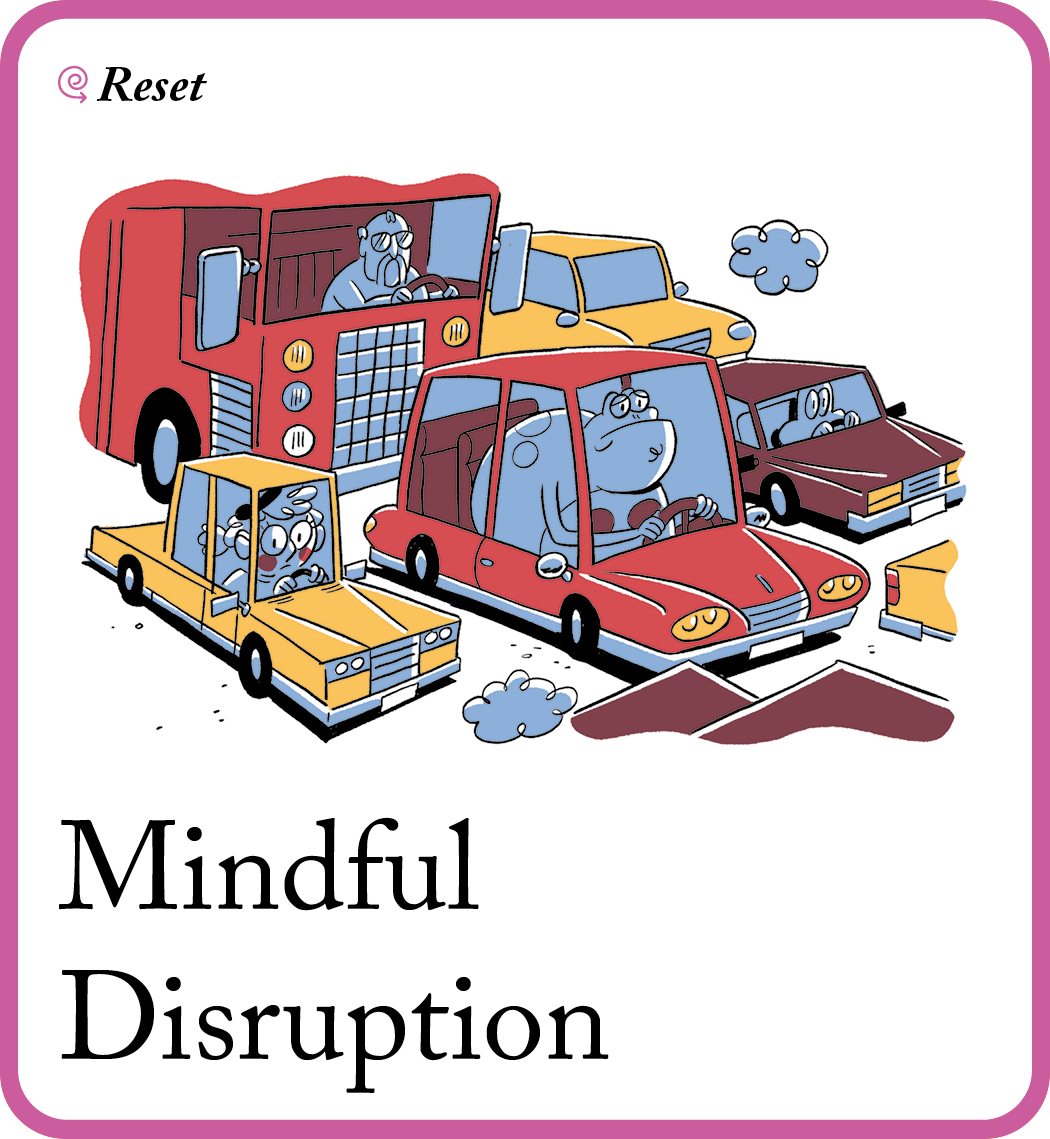
🧠 What’s the goal? Inject some novelty into your day to keep your thinking fresh.
👀 Why is this important? Routines are healthy, but too much repetition can feel stifling and lead you into creative ruts. That’s why it’s worth mindfully disrupting your routine once in a while – especially when you’re working on new or open-ended problems that demand fresh creative thought.
💡 Tip: before starting this activity, remind yourself to stay open-minded and curious about the new experiences you’re about to embark on.
Instructions
1. Notice where your daily life feels repetitive or dull.
For example: maybe you’re bored of eating the same breakfast every day or walking the same route during your afternoon break.
2. Pick an enjoyable way to mix things up.
For example: try a new breakfast recipe or morning workout, explore a different park or local attraction during lunch, or swap your regular TV show for a creative hobby in the evening.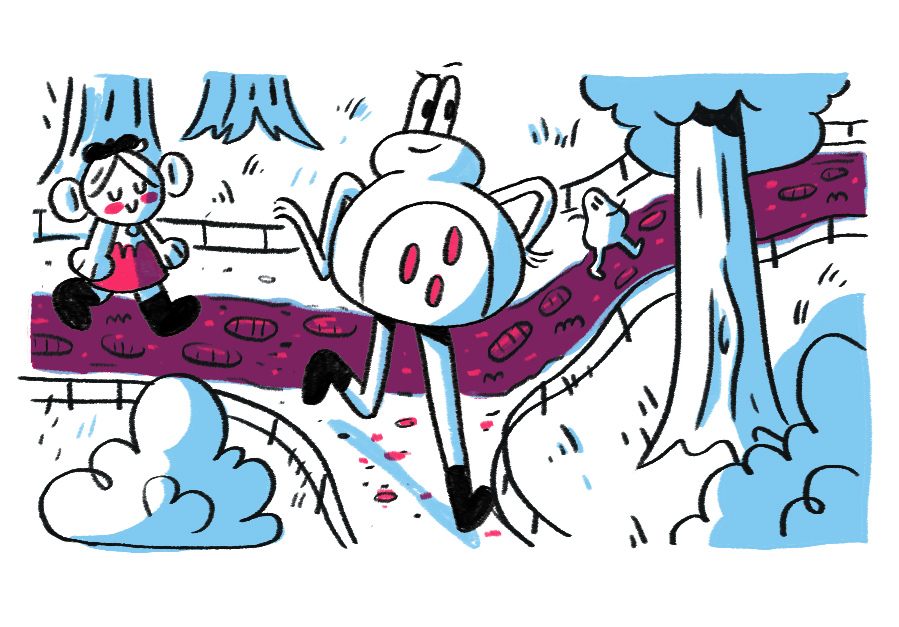
3. Make your way through the day with one piece of your routine altered. Try to stay as present as possible while engaged in this novel activity.
4. Decide whether to make the change permanent or continue with your routine as normal.
5. Return to this tactic whenever things start to feel a little stagnant, or you’re searching for new ideas or insights.
⬇️ In the next tactic, with a fresh approach to your daily life, it is time to unlock new ideas with Daydream Station.
3
Use Daydream Station to create thinking space
Use Daydream Station to create thinking space
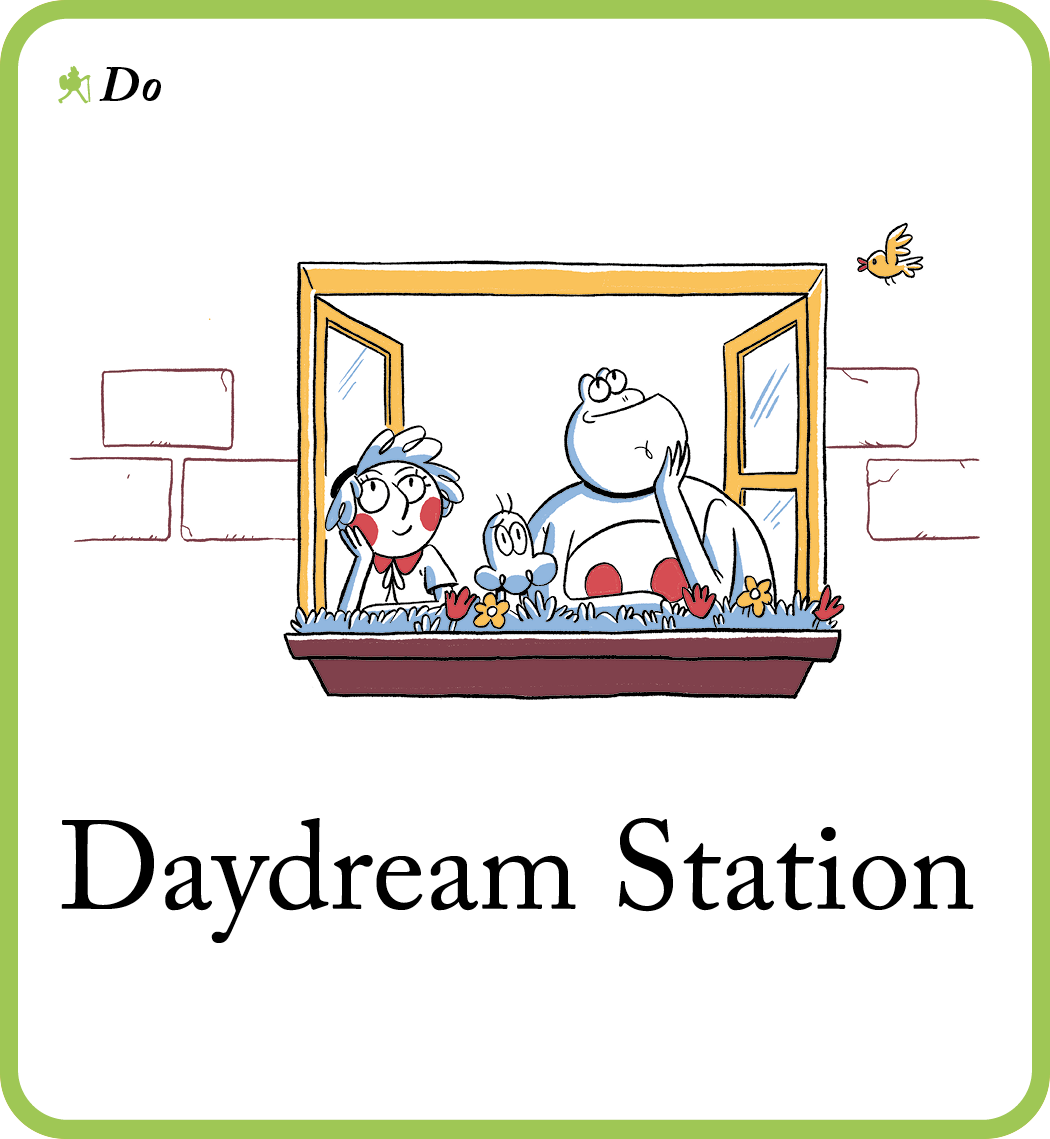
⏱️ Time: 20+ minutes
🧠 What’s the goal? Schedule daydreaming sessions to unlock new ideas and refresh your brain.
👀 Why is this important? We feel more guilty about staring out of the window, alone with our thoughts, than we do sitting in pointless meetings or repeatedly checking emails. But when we let our minds wander, our brain’s Default Mode Network comes alive, perfect for creative thinking, problem solving and long-term planning.
💡 Tip: use this tactic regularly to keep your mind flexible and your soul alive.
Instructions
-
Pick a day and time for your daydreaming session and add it to your calendar. It can be as long or short as you like – 20 minutes is a good starting point.
-
Don’t accept new invitations or commitments that will interfere with your session.
For example: if you’re a leader, set the example that ‘thinking time’ is a valid and valuable thing to have in your calendar. Normalise the idea that ‘doing time’ is only one slice of the productivity pie.
-
When it’s time for your session, find a comfortable and relaxing environment where you can let your thoughts roam free. This could be your favourite armchair, a local park, or a cozy corner in a coffee shop.
-
Allow your mind to wander during your daydreaming session. Don’t try to control or direct your thoughts; just let them flow naturally.
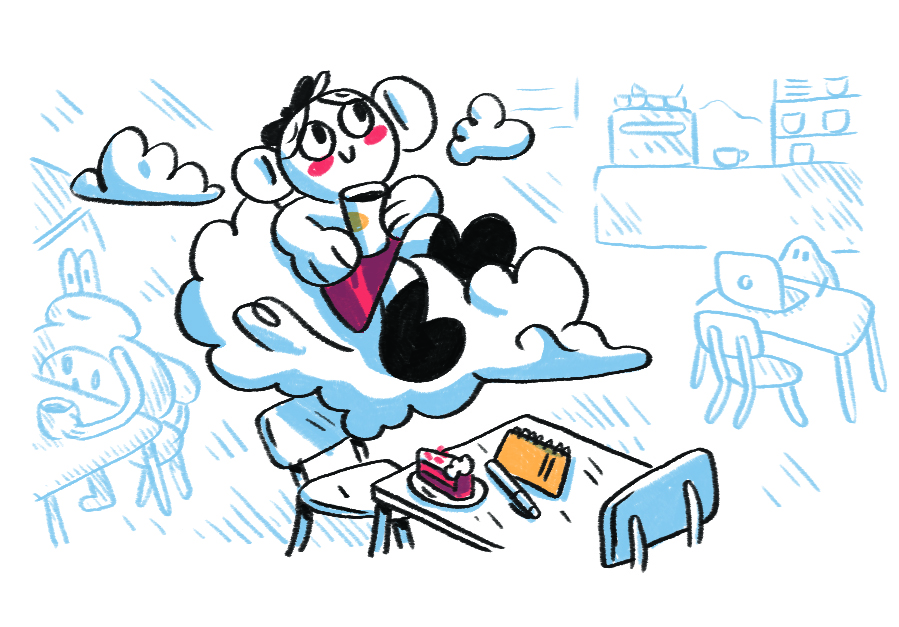
-
Keep a notebook or digital tool nearby to capture any interesting ideas, insights or solutions that arise during your daydreaming.
Tip: don’t feel guilty if no useful ideas emerge – when you practise daydreaming consistently, your brain will become more comfortable and creative in these sessions.
And if nothing else, you’ve had a cognitive palate cleanser that will free you up to focus fully on your next important task.
⬇️ Now that you’ve done all the tactics, your mind is ready to start a new project or set out on a new path.
How do I approach this?
- The complete loop: this means short, separate sessions for each of the three tactics over an extended period of days, or even weeks.
- Ongoing process: use these tactics regularly and consistently to maintain a great working environment.
Some tips
- Practise daily mindfulness and relaxation techniques. Incorporate mindfulness practices such as deep breathing, meditation, or gentle physical exercises like yoga to calm your mind, reduce stress and enhance your ability to handle overwhelming situations with a clearer perspective.
- Seek support and delegate. Don’t hesitate to reach out to friends, family or colleagues for support, and delegate tasks when possible to lighten your workload, ensuring you also set aside time for adequate rest and activities that bring you joy.
What next?
Congratulations! You have completed a round of How to ‘zoom-out’ for a moment ! But this is only the start. You have offloaded mental clutter, freshened your thinking and created thinking space, and now its time to start that project or set out on that new path.

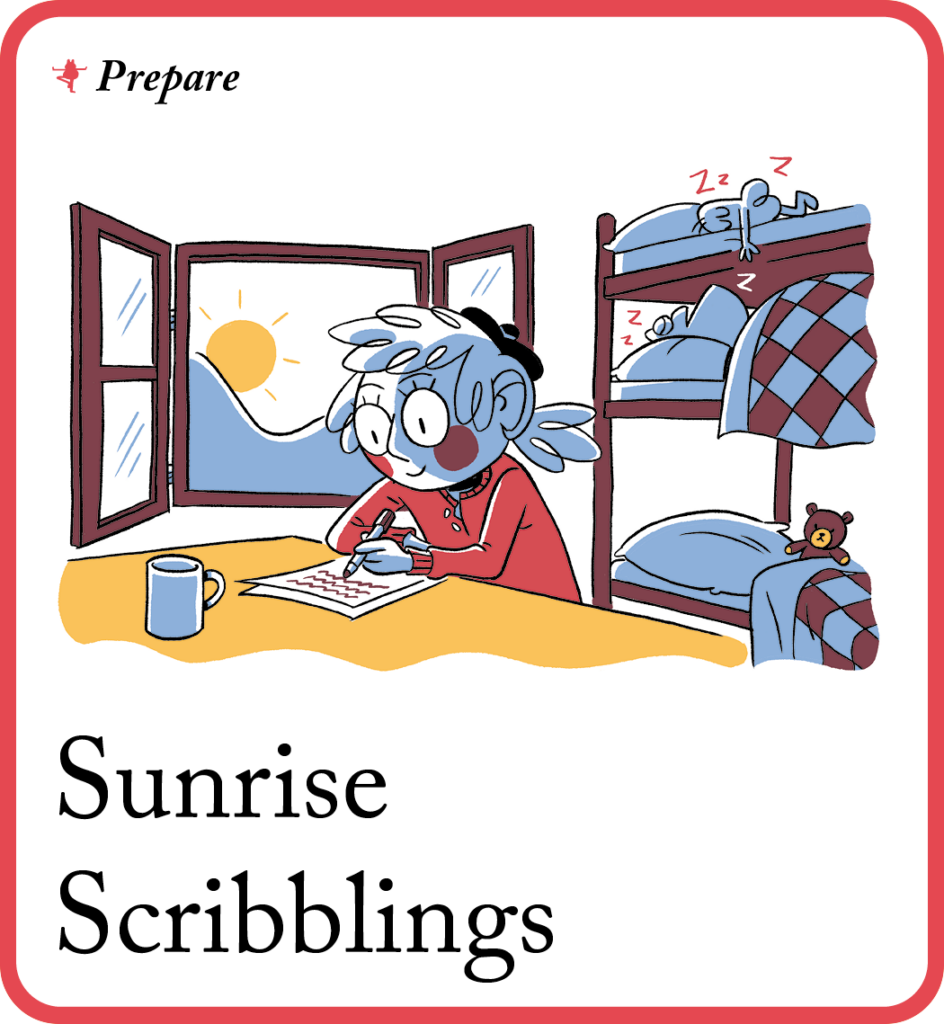
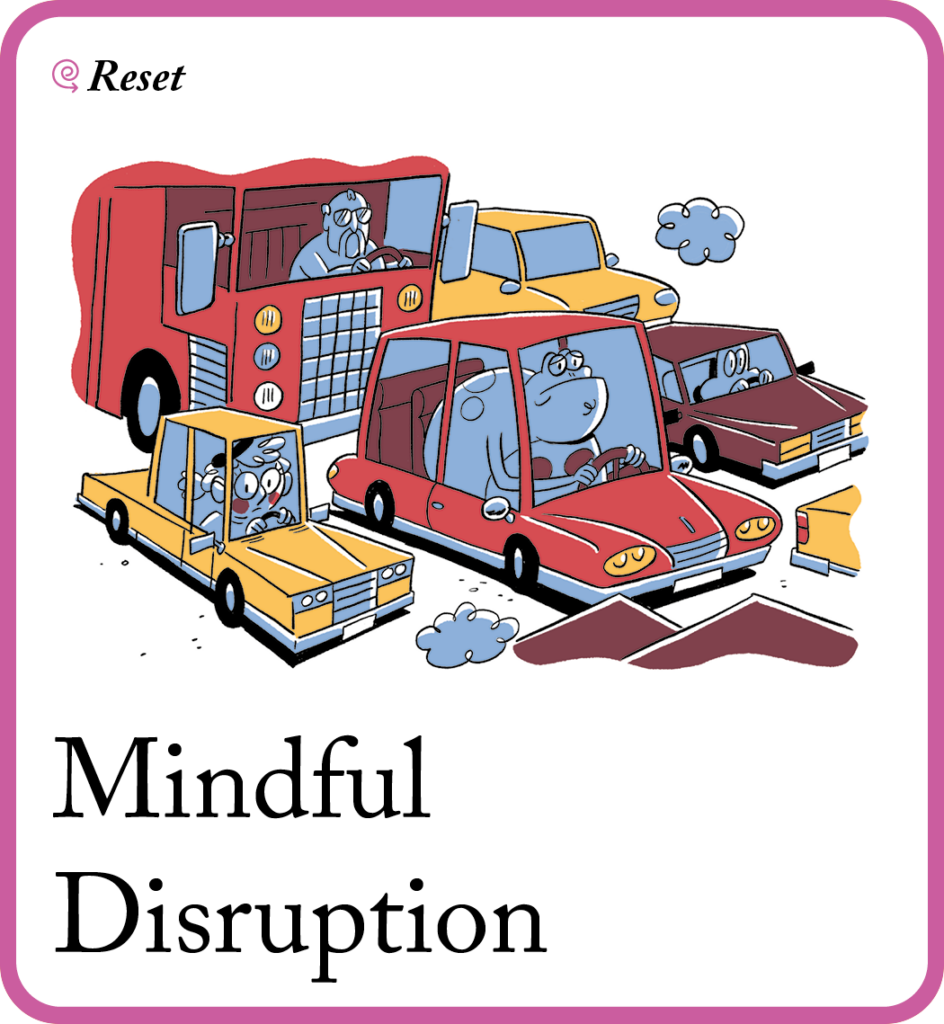
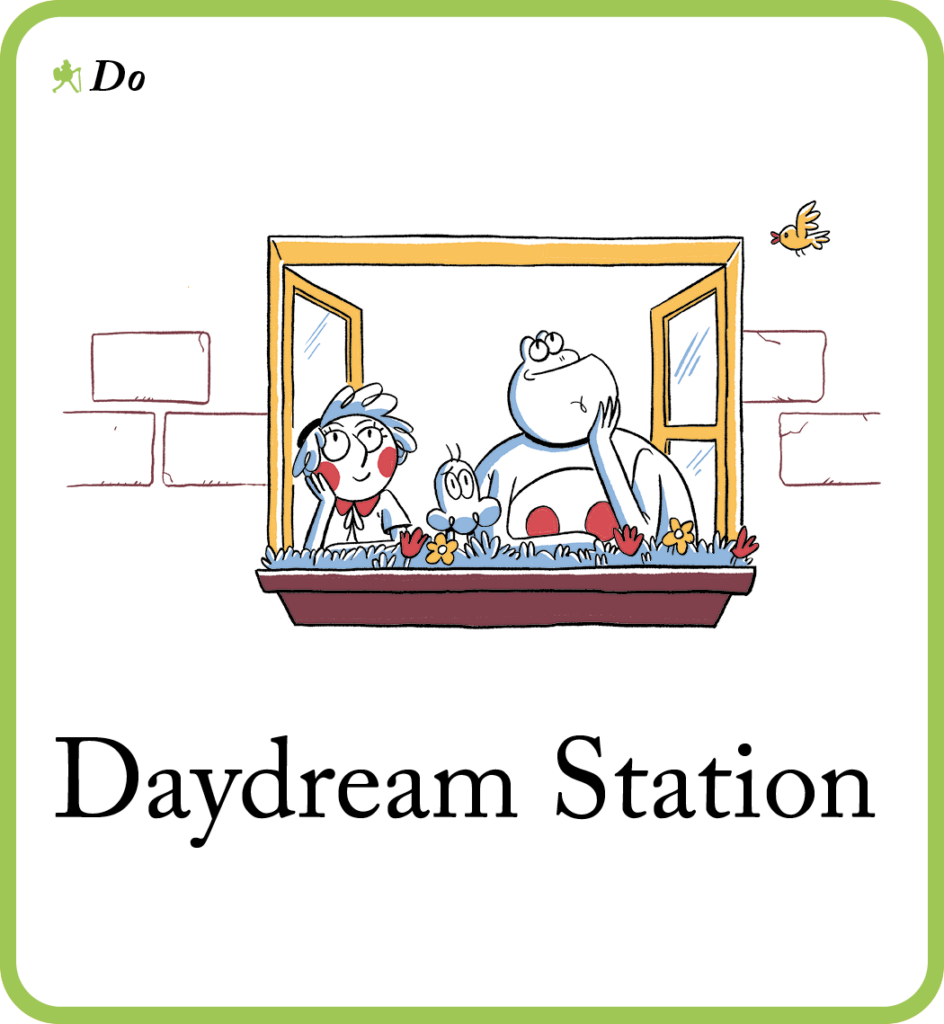
If you leave us your email, we'll let you know if we update this guide based on your feedback.